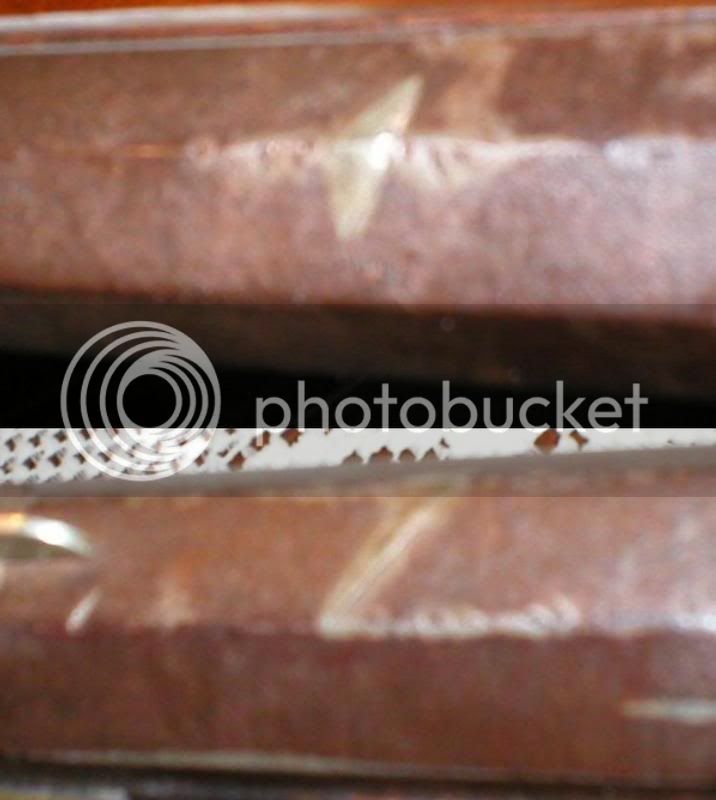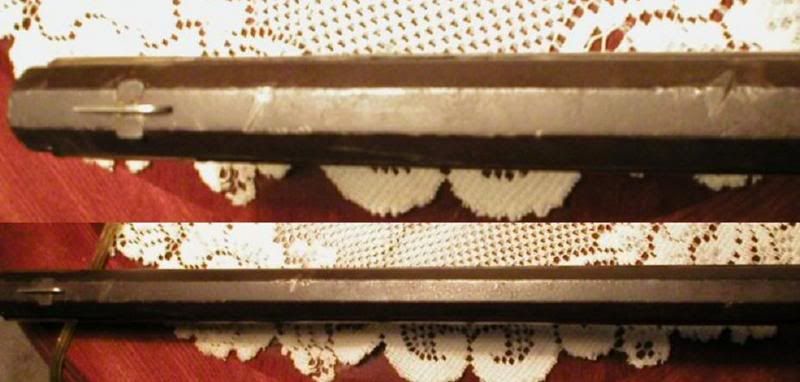Guest
The flintlock seems out of place on a gun claimed to be a Leman
Tom - not sure why you would feel that way - Leman did make flintlocks - here are three and there are also sales/purchase records which document his making/selling flintlocks


In the second photo the lower two rifles are by M. Fordney with whom Henry Leman apprenticed before opening his own shop in 1834. Note the tricker guards on the Fordney's - I scaled them and within the limits of the original photos are dead ringers for the one on the "Texas Leman". Also it is very similar if not quite exact to ones seen on a Gibbs rifle shown in Kaufmann's Pa/Ky Rifle and on this Deringer.

The sideplate kept ringing a bell in my head - it is an almost exact match in pattern, but maybe not quite in size to the one on my Potsdam musket dated 1820. I can supply a pic if desired.
With all that said I do agree that the rifle is most likely a "parts" gun, but perhaps it could be an early form of Gov't Contract rifle? Whatever the origin it is still an interesting rifle gun..
as always others mileage will vary.....









